On the second floor of an old building in a rural Shenandoah Valley town, a piece of history strives to live on.
People who have never seen duckpin bowling might find the softball-size bowling balls and the stout pins quirky. But for the folks who frequent Shenandoah Bowling Lanes in Mount Jackson, Va., “This is Duckpin Country.”
Shenandoah Bowling Lanes opened in 1948, an era when duckpin bowling was spreading from Maryland to many states in the East. The lanes have remained essentially unchanged since then except for the mechanical pinsetters that were installed in the late 1950s, according to Rowland Walters, who operated the alley for 55 years before retiring.
Scores are still kept by hand and projected on screens over the six lanes. The balls still roll back to bowlers on narrow tracks between the alleys, and wooden benches still offer players a place to rest between frames.
“A lot of people say this place is retro,” said Al Safranek, who bought the alley a year and a half ago and operates it with two partners. “This is just such a great place.”
The Game
Duckpin bowling is said to have started in Baltimore, Md., in the 1920s and gradually spread to other Eastern states, including Pennsylvania, Virginia and Rhode Island.
The game, which is overseen by the National Duckpin Bowling Congress, is a variation of standard tenpin bowling. Like tenpin bowling, duckpin bowling also includes 10 pins. However, the pins are more than 5 inches shorter than those in tenpin and the balls weigh much less, a maximum weight of 3 pounds 12 ounces.
Duckpin bowling is played on the same type of lanes as tenpin, and scores are kept the same way. But because the balls are so much smaller than traditional bowling balls, bowlers’ approaches are quite different.
Randy Gibson, a partner in the operation of Shenandoah Bowling Lanes, steps up to the lanes and grabs a ball. The balls don’t have finger holes, so he cups it in his hand and whips it down the alley much like a pitcher on the mound.
“A lot of people say I have a fast ball,” said Gibson, who recently joined the business with his wife, Jeannette. “But it’s not about how hard you throw it … consistency” is the key.
Guys’ Night Out
It’s Tuesday night at Shenandoah Bowling Lanes, the oldest bowling alley in Virginia, and a half-lit neon sign shaped like a bowling pin calls men in for league play. A majority of the guys are old-timers who have been bowling at the lanes for 30, 40, 50 years or more. Others are middle-age men who started bowling there when they were kids and have recently gotten back into the sport.
The atmosphere feels like a family reunion. Every time one of the guys makes his way up the narrow flight of stairs and into the alley, friends greet him by shouting out his name. “Ricky, Proctor, Rowly, Fred.” The guys retrieve their bowling balls and shoes from the locker room. Then they throw a few practice shots before the games begin.
Gary K. Proctor, 67, carries his bowling balls in a black box that looks like a magic kit. As he sits on the curved wooden bench to put on his shoes, he talks about what has kept him coming to the lanes for the past 51 years.
“I bowl in two leagues, Tuesdays and Fridays. I used to bowl Thursday nights, too,” Proctor said. “I like the game of bowling, of course, but I also like the socializing and to drink some beers and smoke some cigars. I’ve had a lot of fun here.”
Dying Out
While many older people continue to keep duckpins alive, some worry the sport will eventually die because it doesn’t receive as much publicity as tenpin.
“Nobody promotes it,” Walters said. “The industry doesn’t even promote it like they used to. Tenpin has TV coverage and duckpins don’t have nothing.”
Many duckpin bowling alleys have closed in recent years or have converted to tenpin lanes, featuring automated scoring machines and other high-tech equipment, Safranek said. According to the National Duckpin Bowling Congress 2006-07 Rule Book and Directory, only 60 duckpin-bowling centers operate nationwide. Maryland continues to have the most, with 21 alleys, while Virginia has only six.
“We used to have duckpins all through the [Shenandoah] Valley,” Proctor said. “They’re sort of dying out. I think in 10 years we won’t have any.”
Maintaining The Alley
As the men’s league prepares to start, one of the lanes jams and the bowlers call on Gibson to fix it.
“My balls aren’t coming back,” one of the bowlers yells. “I thought you fixed that machine.” Gibson, a lanky guy with a lot of energy, jogs to the back to diagnose the problem. Behind the scenes, the pinsetter – a marvel of gears and belts – grabs the pins, clears the alleys and returns the balls for all six lanes. The aging machine breaks down a lot. Keeping it going takes a great deal of patience and a lot of maintenance, Gibson said.
“Some nights the lanes work perfectly, and I don’t have to go down there,” he said. “Other nights it’s like they want to kill you. The belts are usually the issue.” After a few tweaks, the pinsetter is running in synchronization and the colorful balls roll back to the bowlers. Gibson watches the machine for a few seconds to be sure everything is in working order.
“It’s like having a car, you have to constantly maintain it,” he said. “I plan on replacing the belts soon. … I want this to be the nicest duckpin lanes in Virginia.”
Stoking The Game
After a couple of hours, the men finish their last games, and it’s just about time for Shenandoah Bowling Lanes to close for another night. A cool breeze blows through the small open windows as the men say their farewells under a homemade sign that advertises the bowling prices – $2 a game and 50 cents for shoes. Not much has changed here in the past 60 years and if the owners have their way, not much will.
“I don’t want this bowling alley to die,” said Safranek, who plans to make improvements to the alley without compromising its retro style. “We’re trying to keep the game alive.”
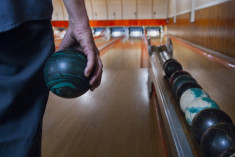
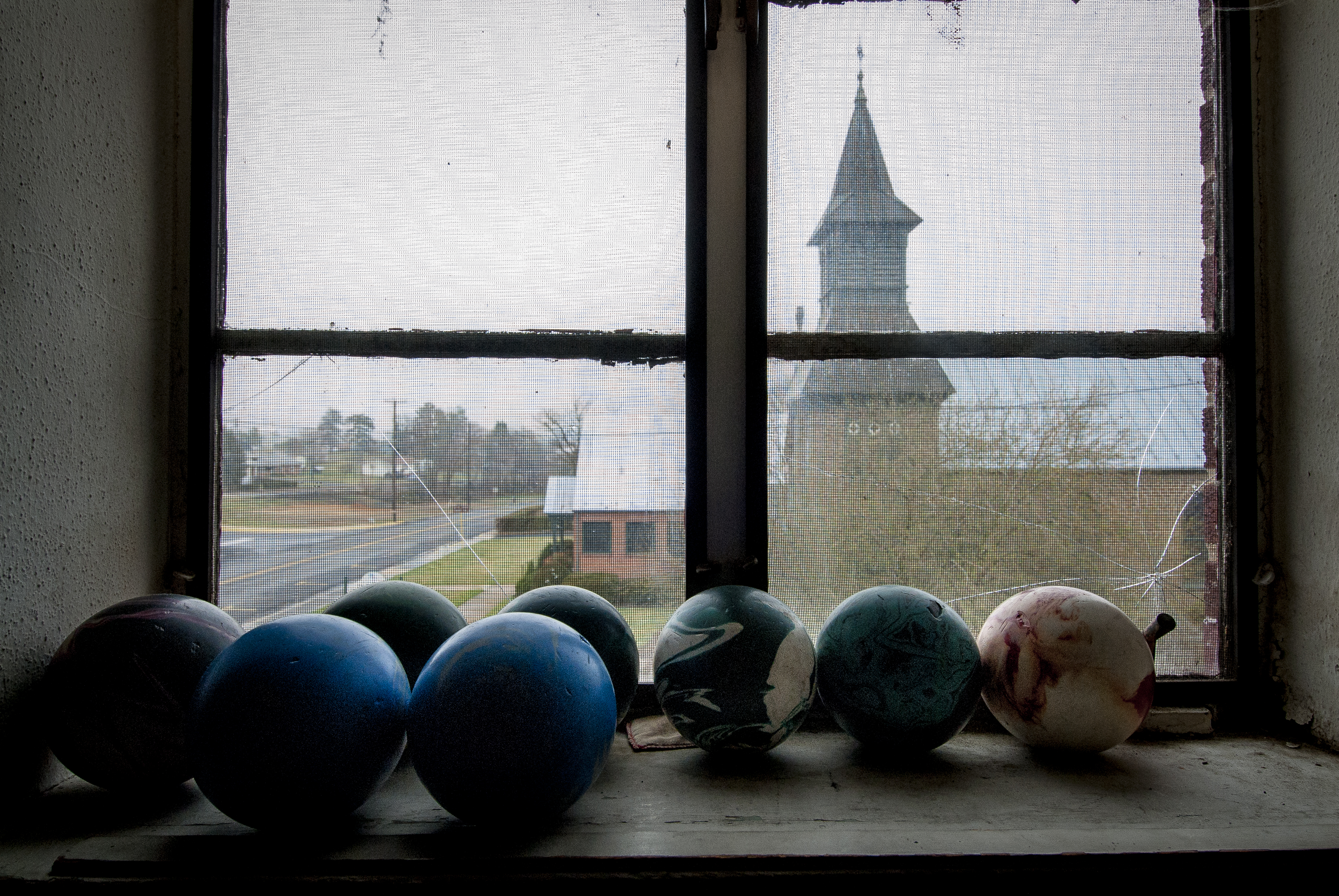
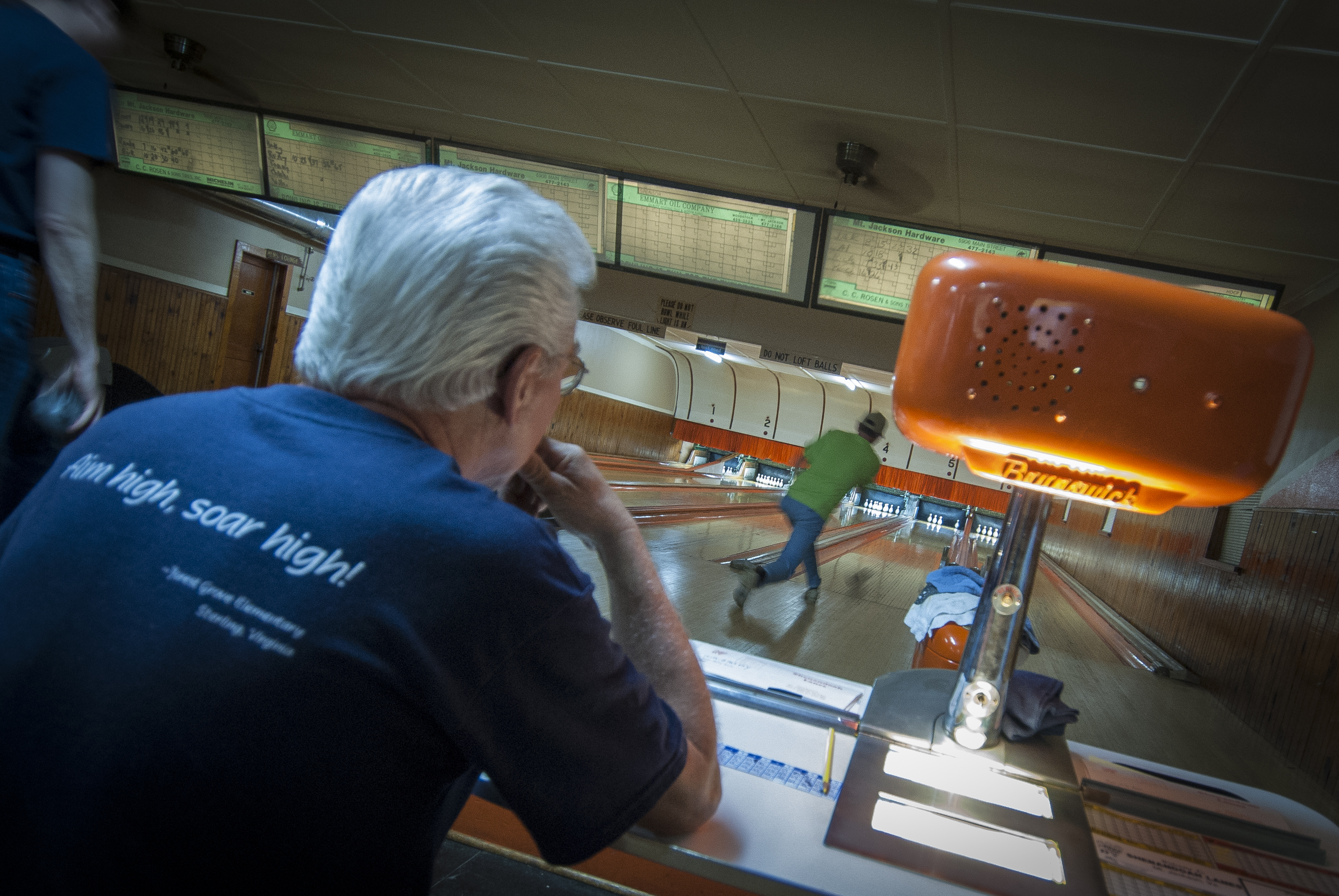
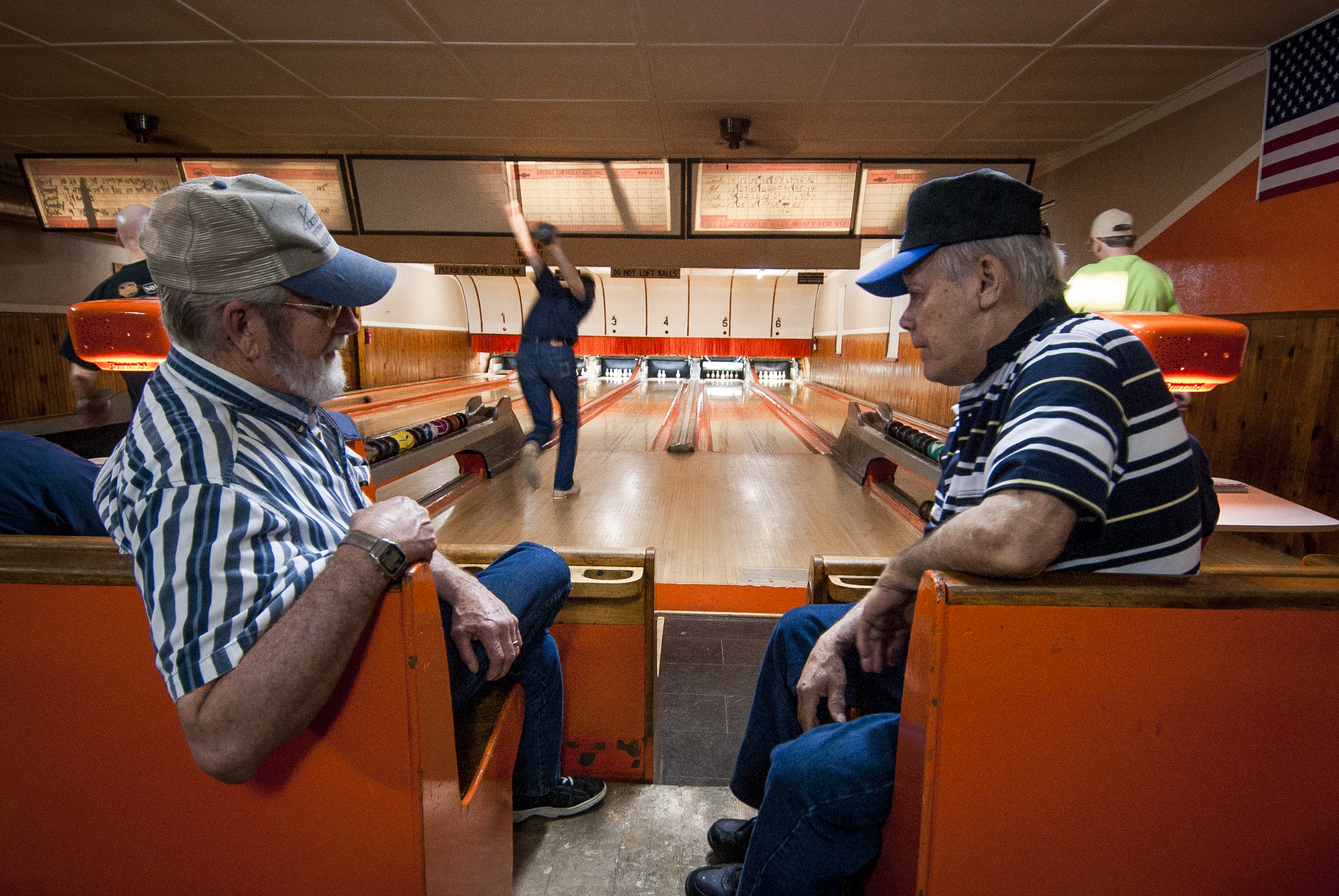
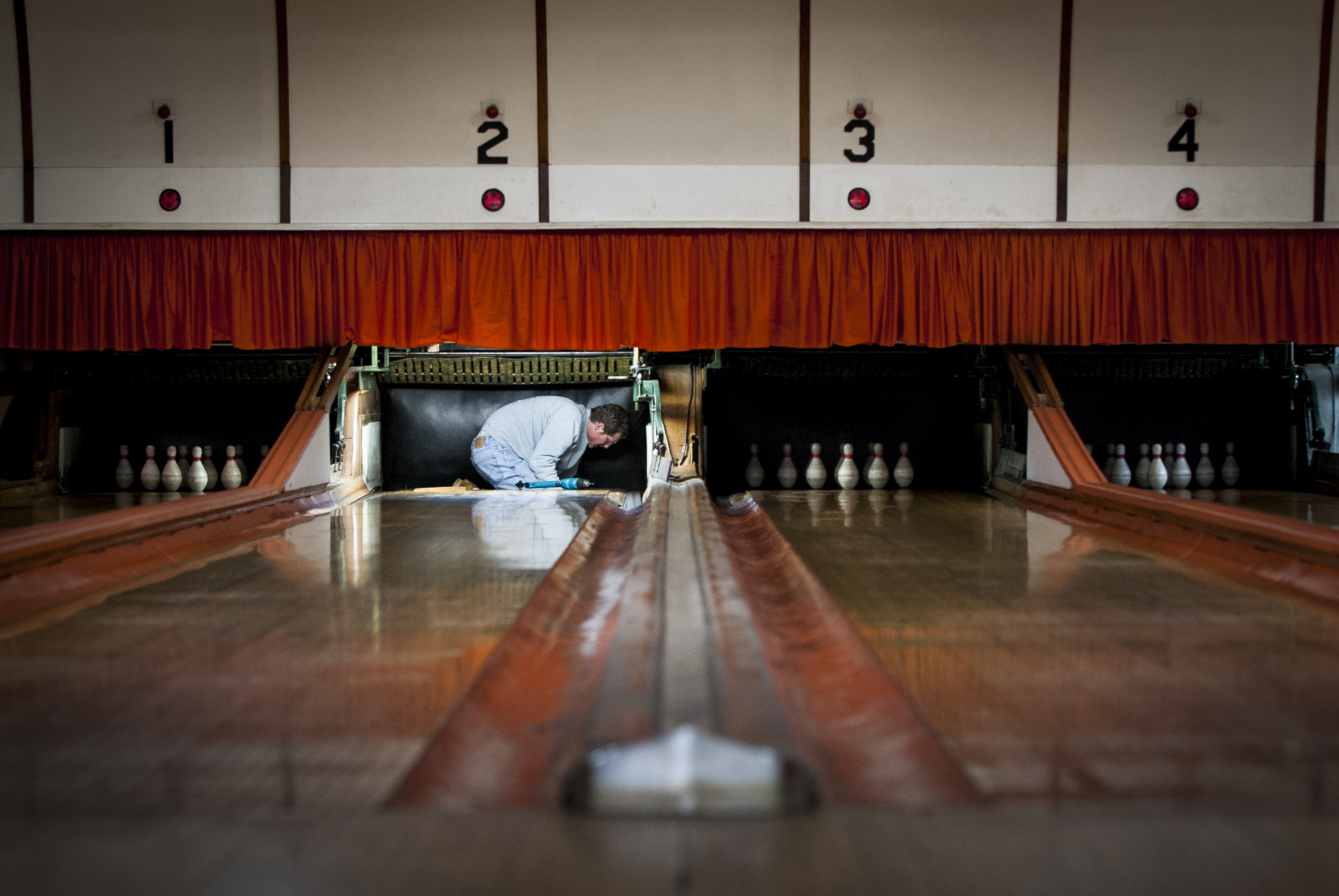
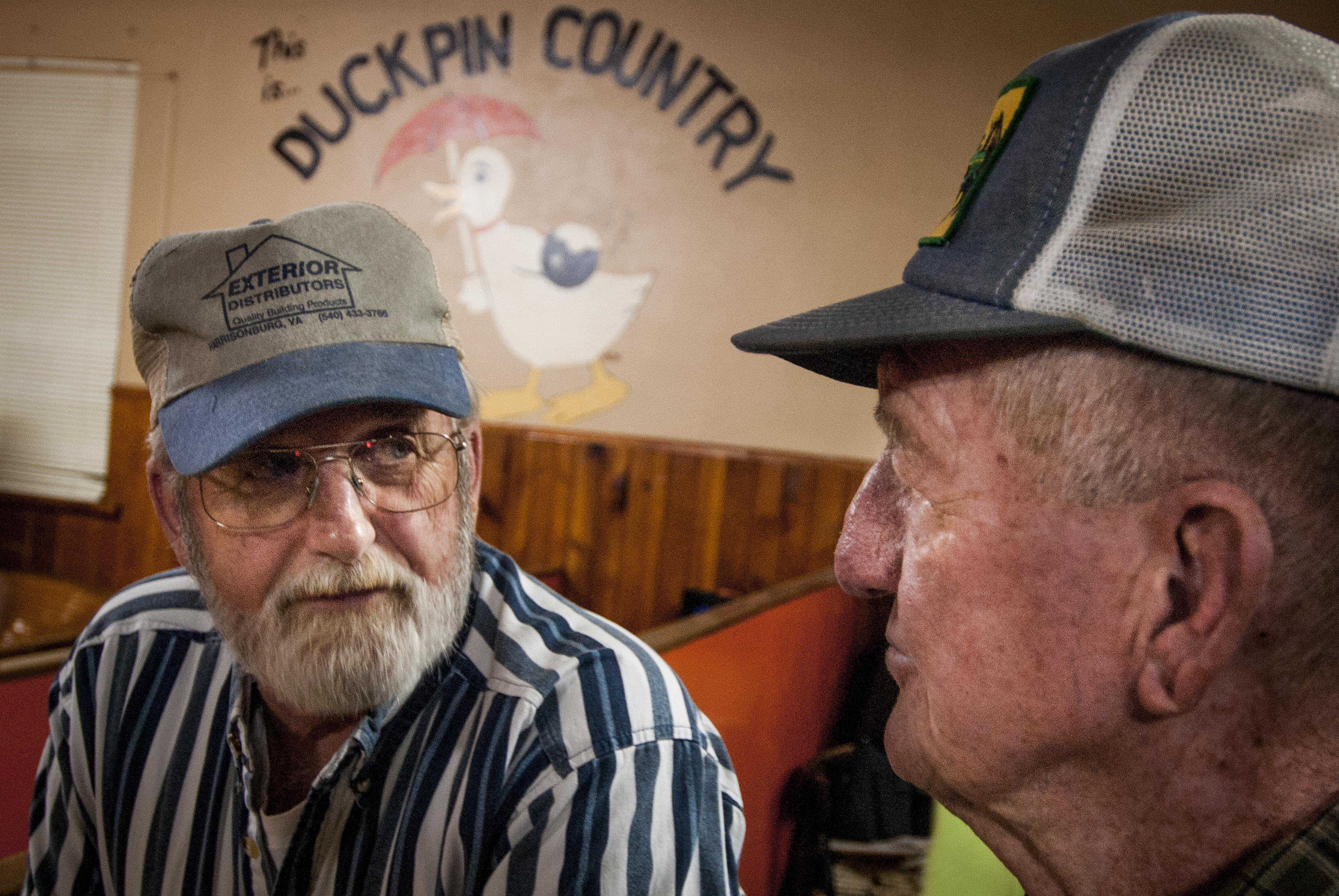
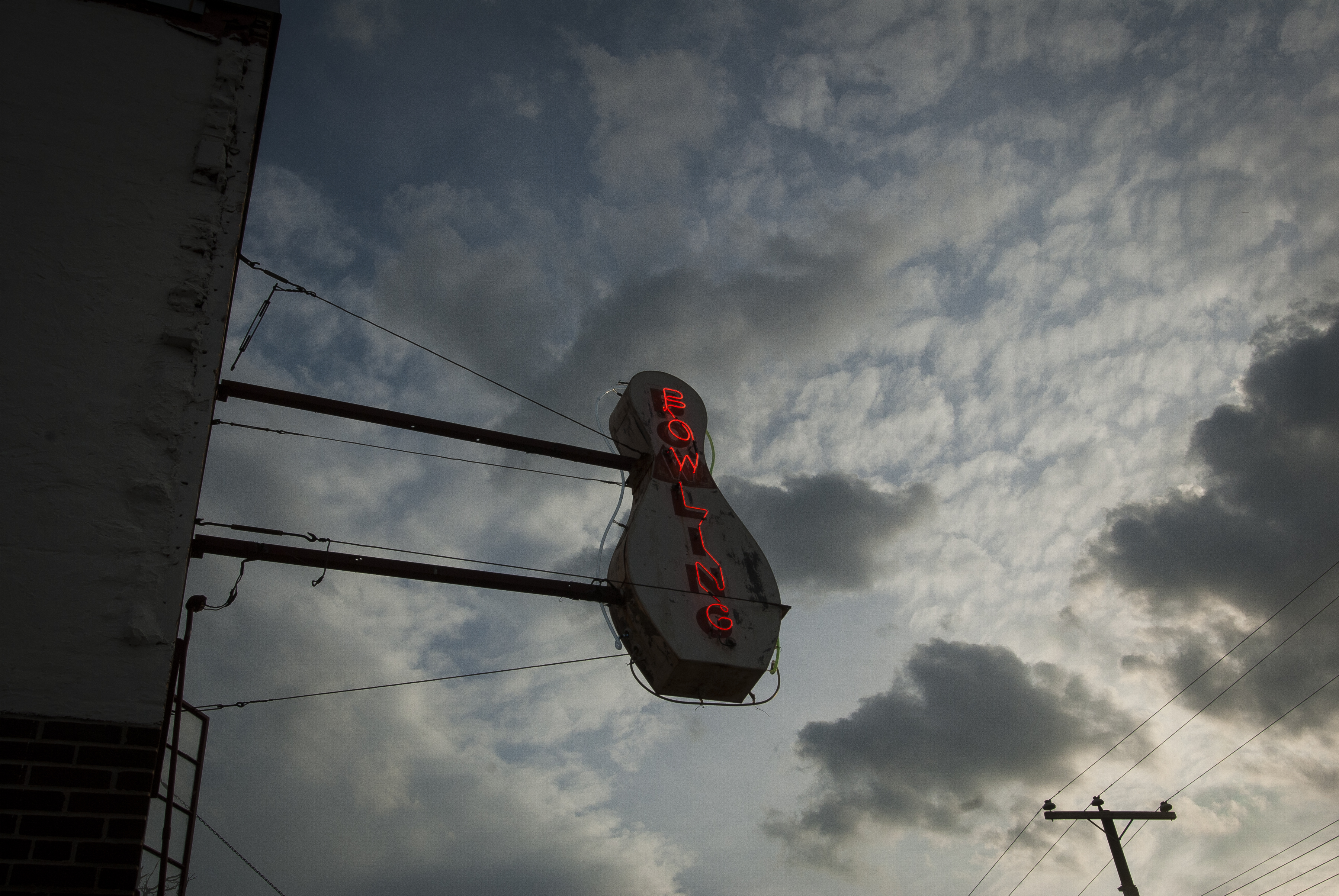
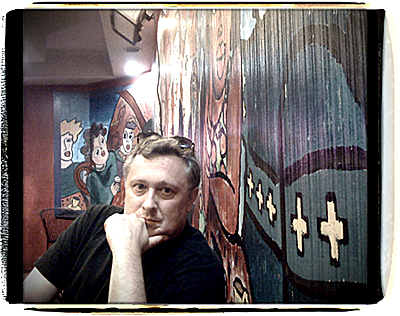 Pete Marovich is a photojournalist based in the Washington D.C. metro area covering the White House and Capitol Hill. He is co-creator of American-Journal Magazine and serves as photo editor.
Pete Marovich is a photojournalist based in the Washington D.C. metro area covering the White House and Capitol Hill. He is co-creator of American-Journal Magazine and serves as photo editor.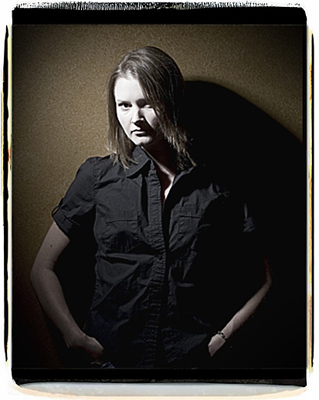 Jenny Jones is the editor and co-creator of American-Journal. She has more than 15 years of experience working for daily newspapers and monthly magazines. She is a freelance writer based in Virginia.
Jenny Jones is the editor and co-creator of American-Journal. She has more than 15 years of experience working for daily newspapers and monthly magazines. She is a freelance writer based in Virginia.
Leave a Reply